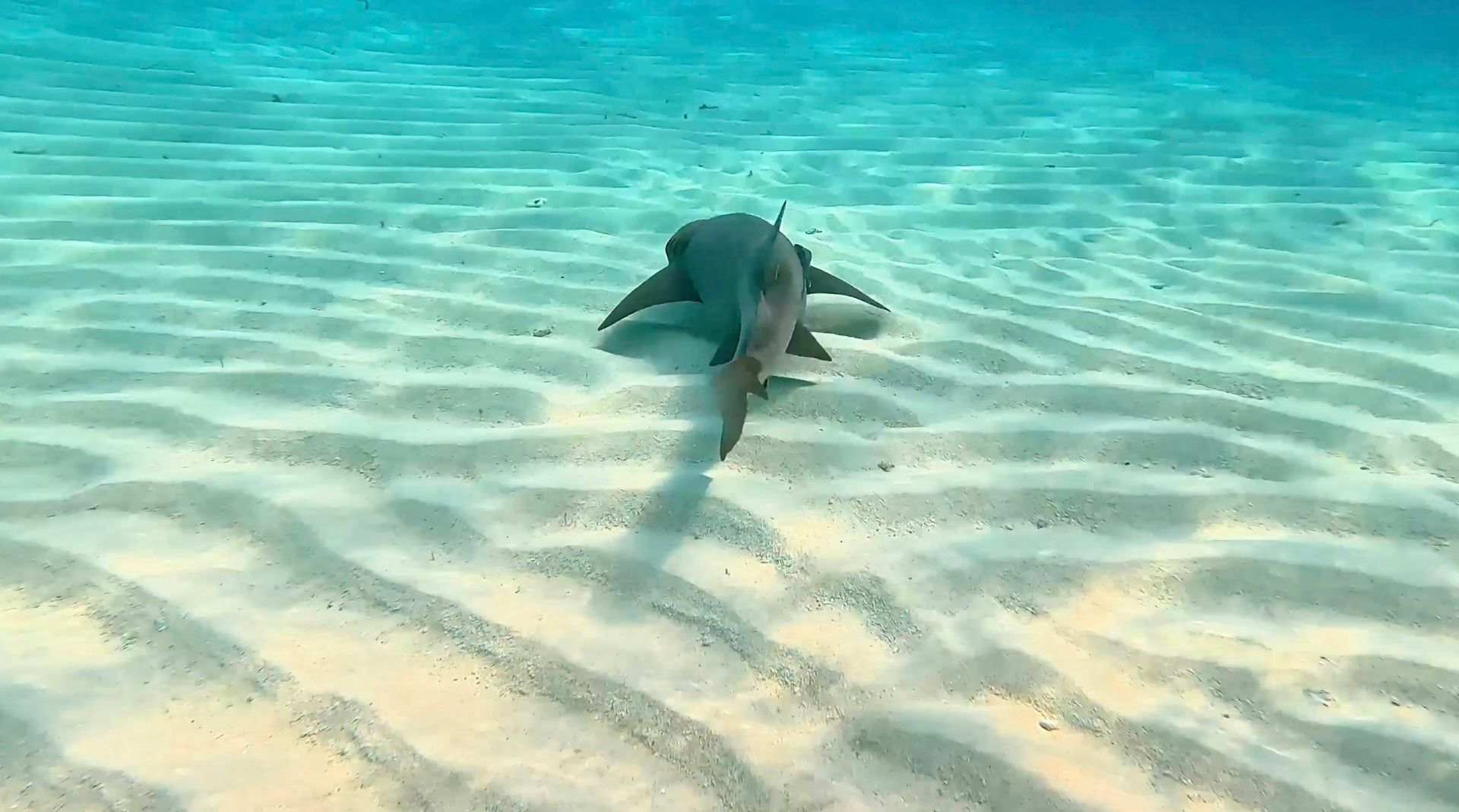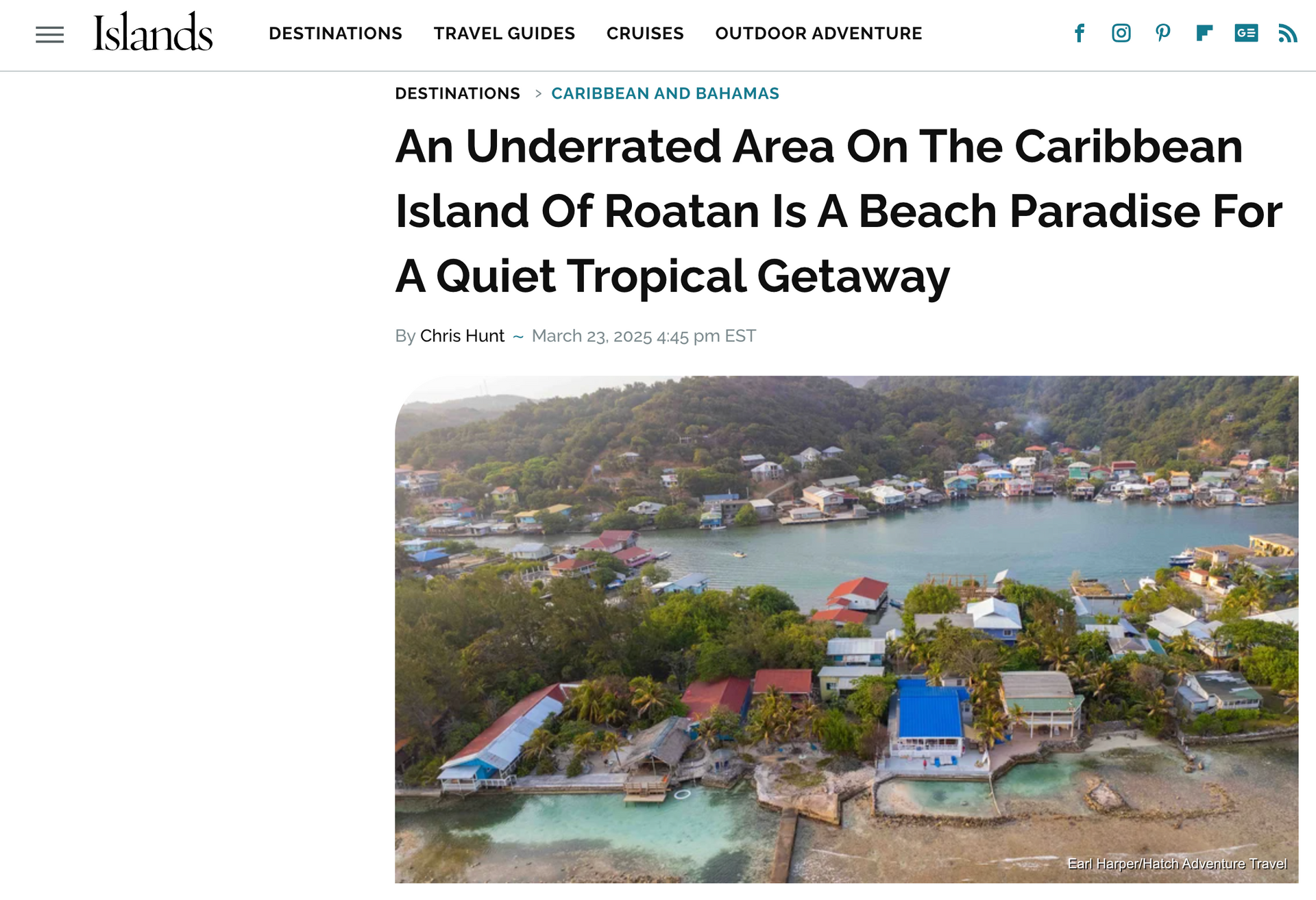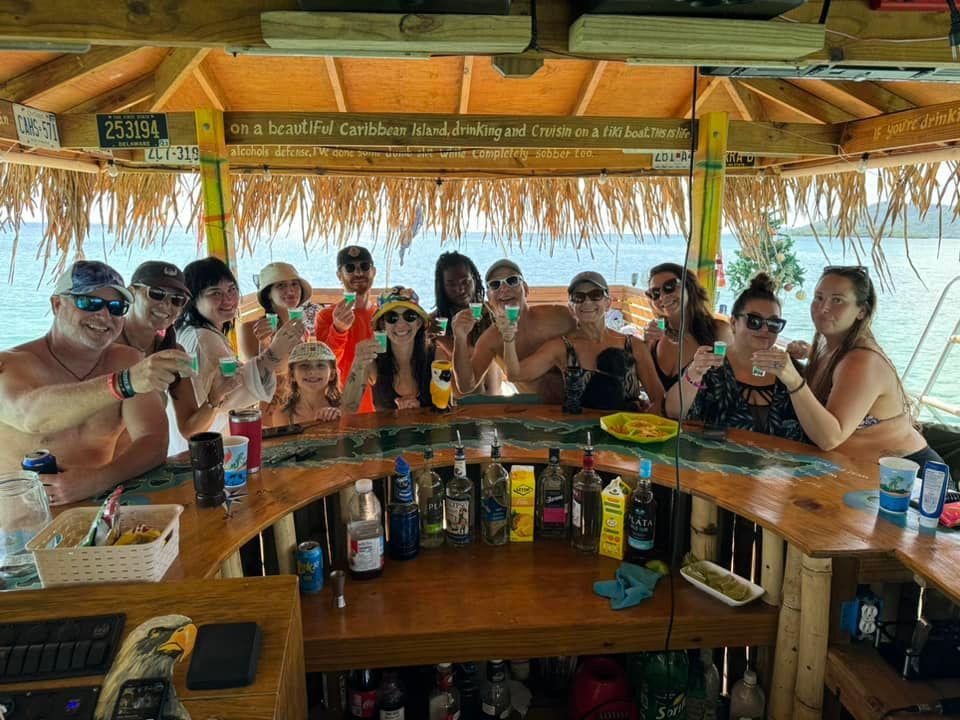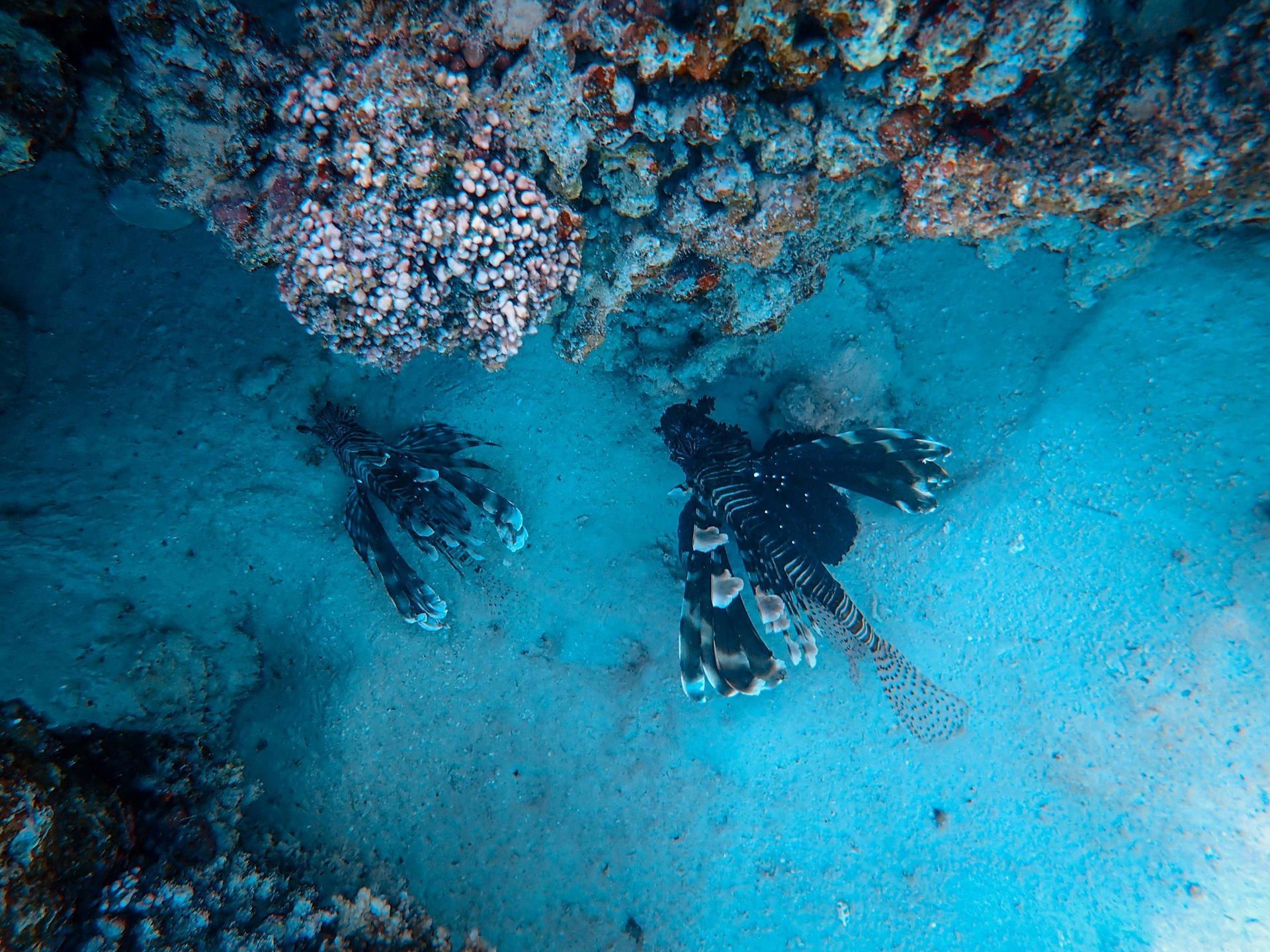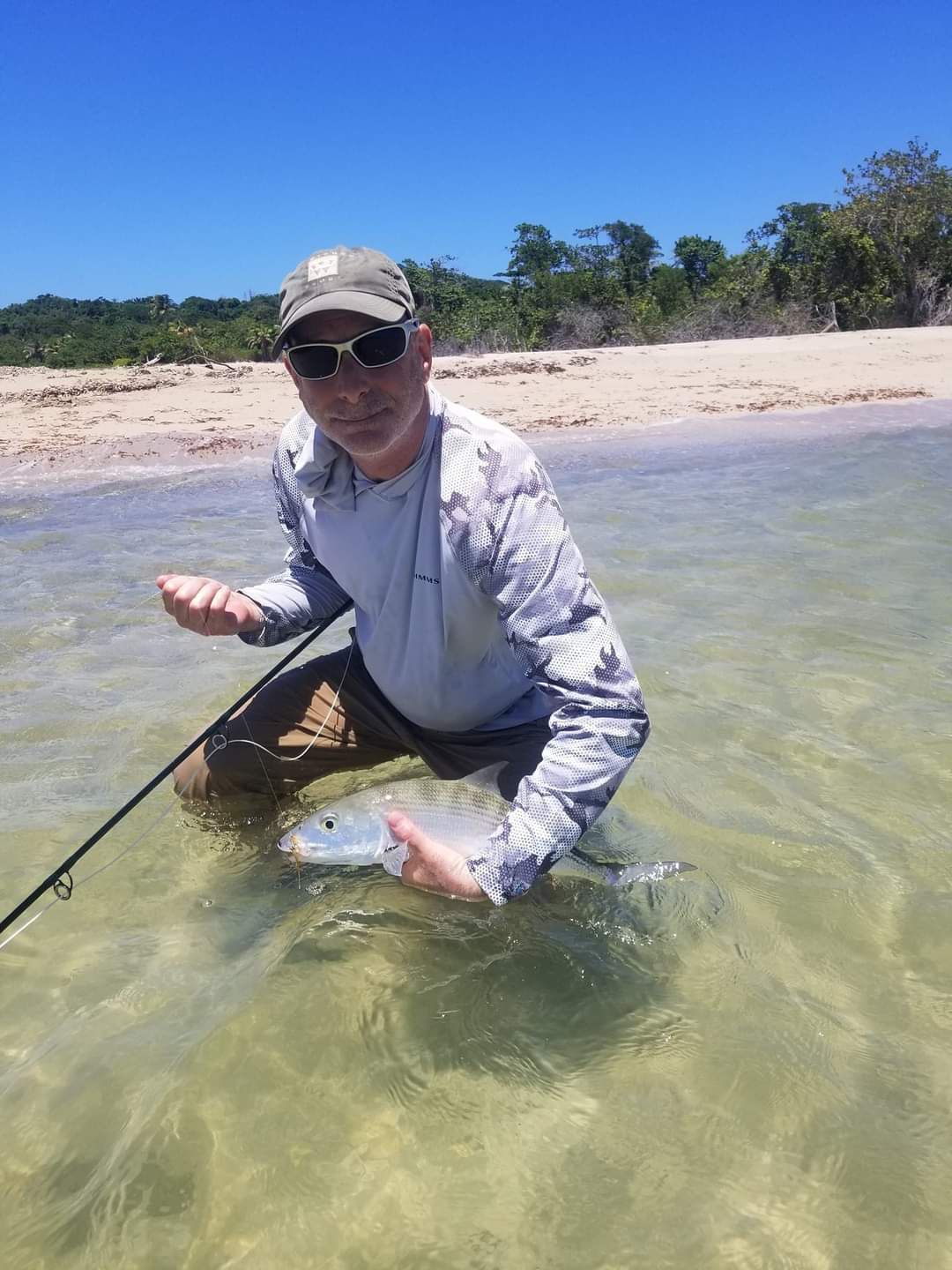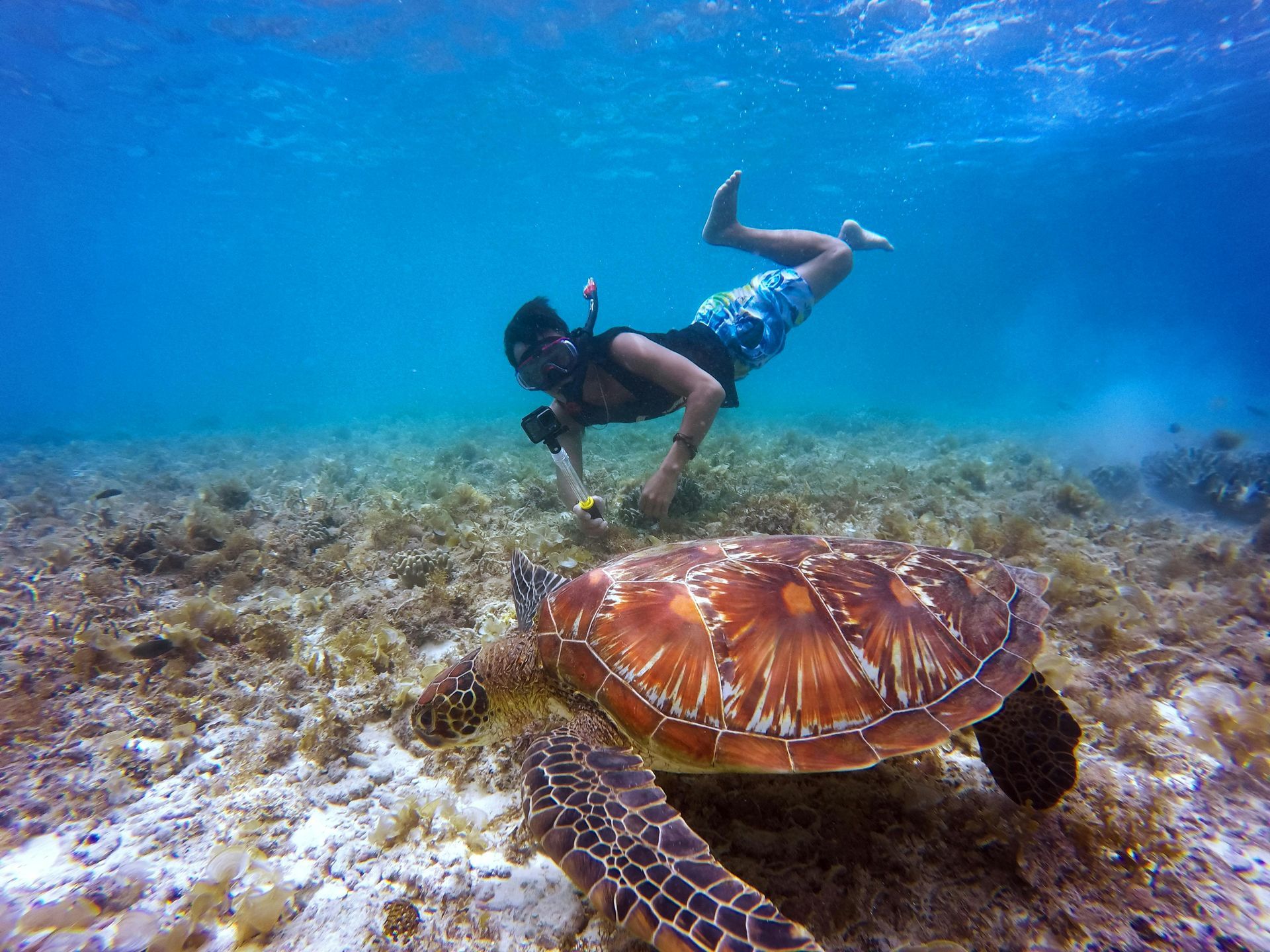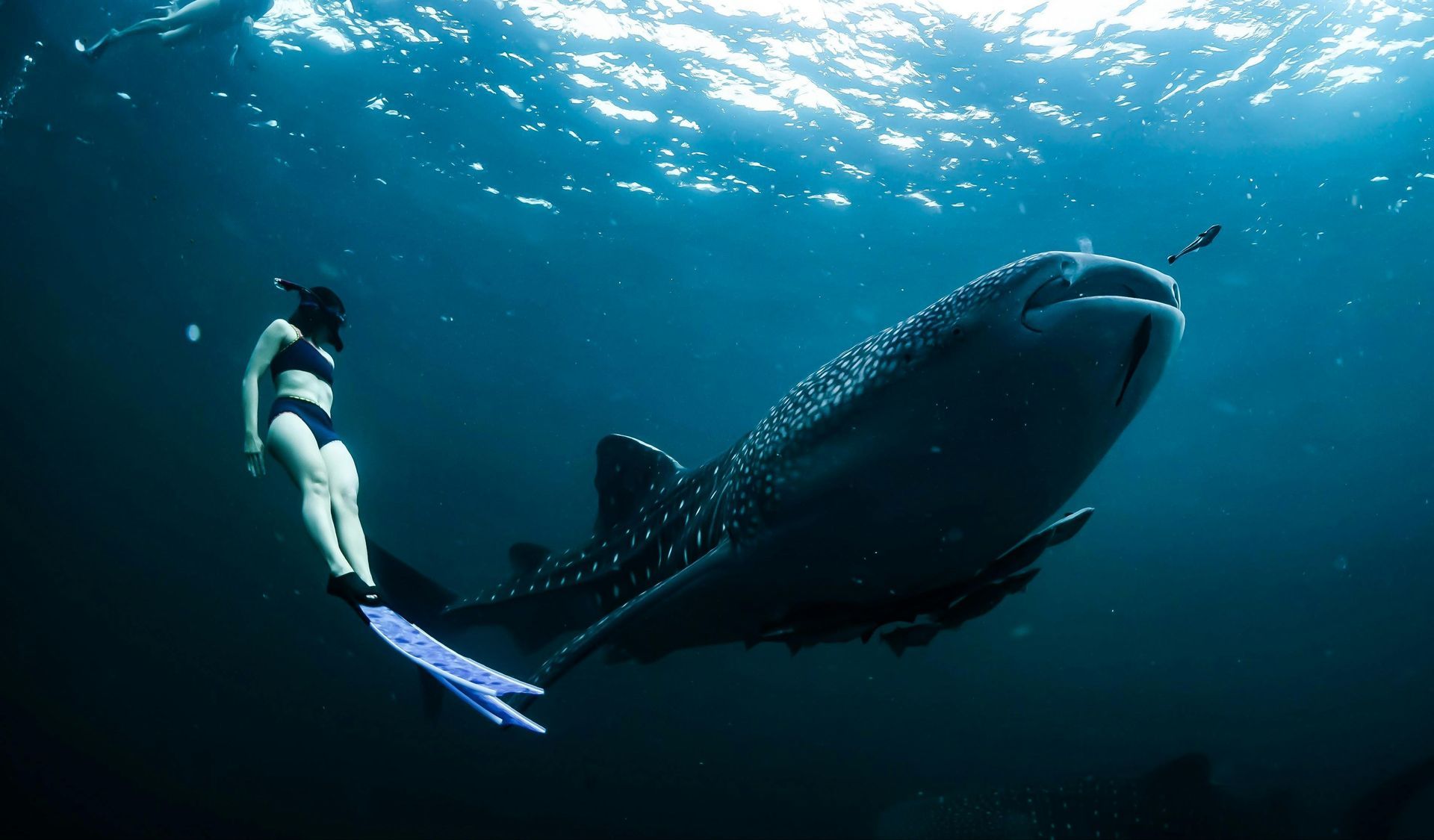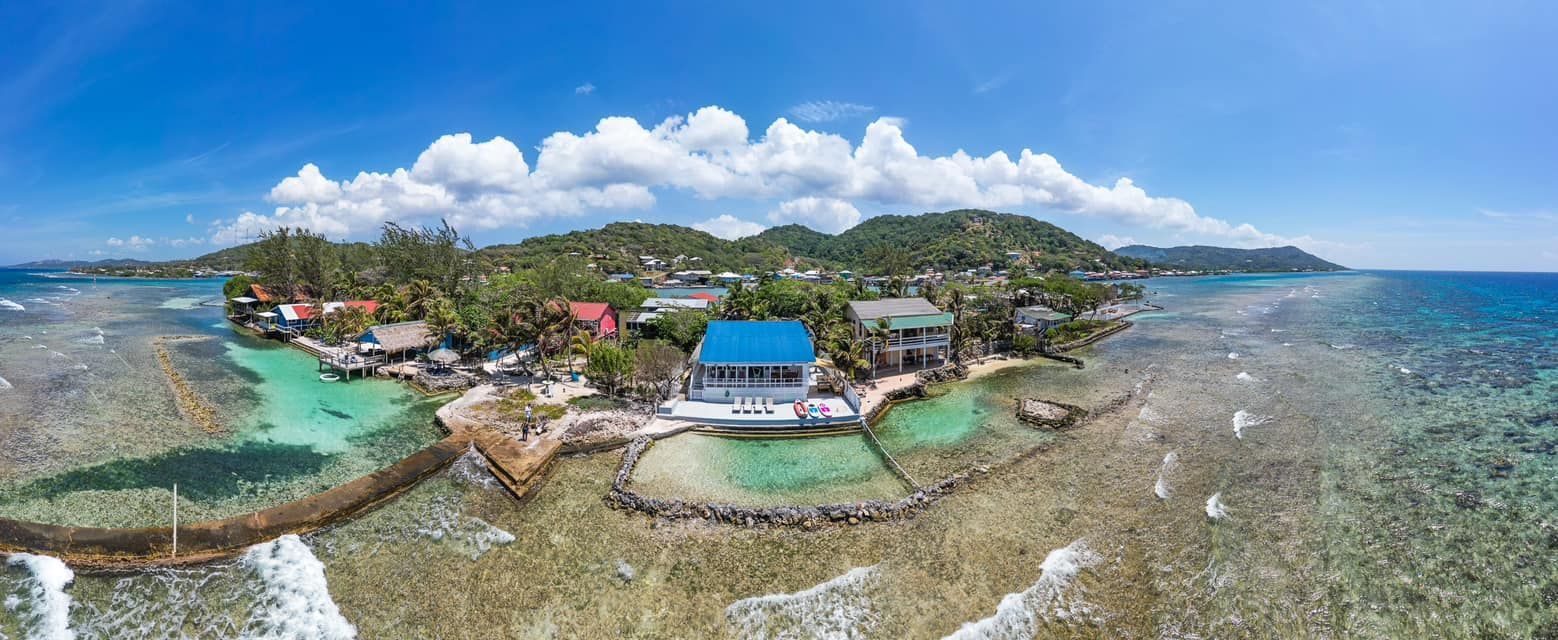The rare wildlife of Roatan
Roatan is rich in natural history
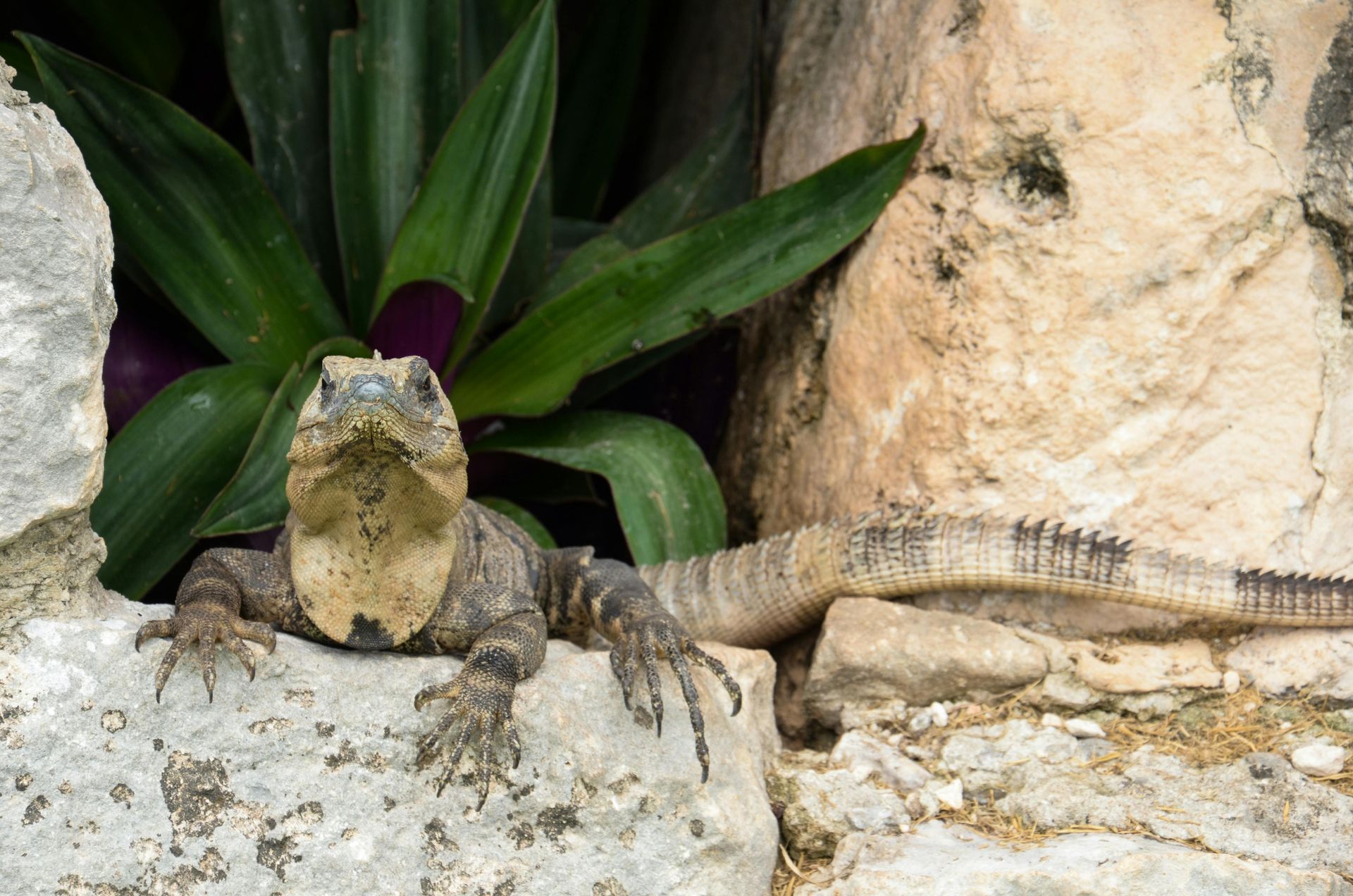
ONE OF THE MOST POPULAR TOURIST DESTINATIONS within easy reach of Ocean Breeze Villa on Roatan’s East End is Arch’s Iguana and Marine Park. Here, visitors can see a host of iguanas and other fauna native to Roatan.
Unfortunately, as an island with more than 500 years of colonial exploitation in its past, Roatan’s native animals are often hard to see. Some, like the Roatan spiny-tailed iguana, are critically endangered. People — Indigenous and immigrants alike — have almost eaten this delectable reptile into extinction.
And that’s why the iguana farm exists. In addition to its seafood delicacies ranging from shrimp and warm-water lobsters, Roatan’s Creole menu often features the mild flesh of this indigenous reptile. No, it’s no for everybody — the mere thought of eating a lizard might turn some folks off.
But for Roatanians, the iguana is a staple protein. And, thanks to the efforts of
Arch’s, the animal is still available on local menus.
But for tourists, the farm offers a chance to interact with iguanas and to come to understand the subtle beauty of these big lizards.
Wild iguanas on Roatan are very rare. And they’re not exactly like the iguanas found at the iguana farm. Roatan’s native spiny-tailed iguanas are dark in color with white or pale yellow mottling. It’s extremely rare for one of these lizards to be seen in the wild.
While some 4,500 iguanas call Arch’s home, the wild population of Roatan spiny-tailed iguanas, which were given their subspecies definition by scientists in 1987, number only about 4,000 in total.
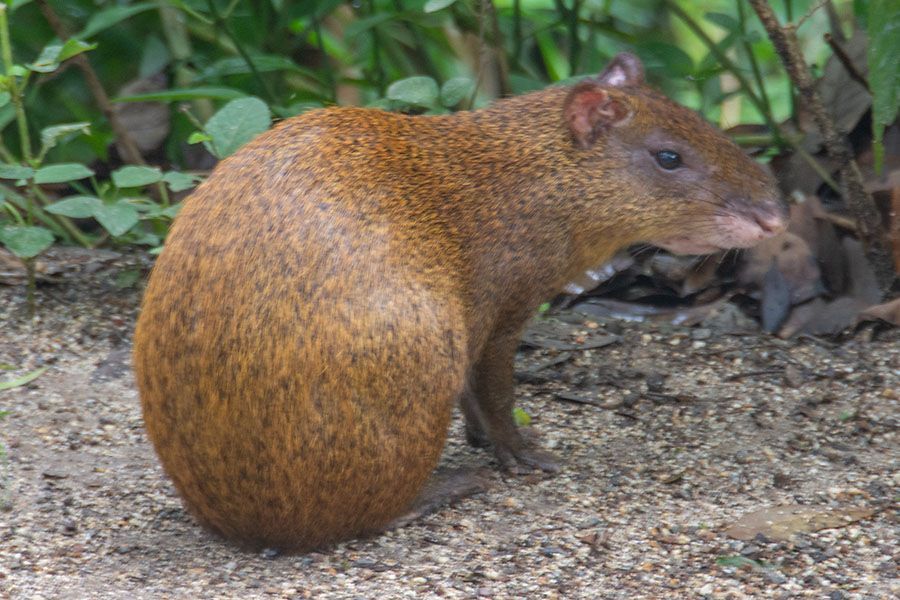
Other Roatan wildlife
Roatan has a rich natural history. Not only is it home to its unique native iguana, it’s a sanctuary for some very rare native birds, like the yellow-naped parrot. It’s also home to a unique subspecies of coral snake — the Roatan coral snake, which has some of the most toxic snake venom in the Caribbean. Thankfully, it’s very timid and rarely comes into contact with humans. Instead, it eats mice. And it's home to the charismatic Roatan island agouti, a native rodent (pictured above).
And, with tours right from the dock behind the Villa, visitors can take in any number of wildlife-themed adventures, including a visit to the iguana farm or the
sloth and monkey rescue center located nearby.
And, of course, if you want to get up close and personal with the wildlife in the sea, you just need to don a snorkel mask and wander right off the Villa’s own dock. In the water, you can take in everything from colorful tropical fish native to the Mesoamerican Reef to invasive lionfish that have found their way onto menus across the Caribbean as a tantalizing delicacy — careful, their spines are toxic.
And, a little farther flung, some guests love the rush that comes with snorkeling with lemon sharks and rays — just another wildlife-centric experience you can enjoy during a
stay at the Villa.
Just let us know which wildlife tours interest you the most — we’ll make all the arrangements and you … you just have to have all the fun.
